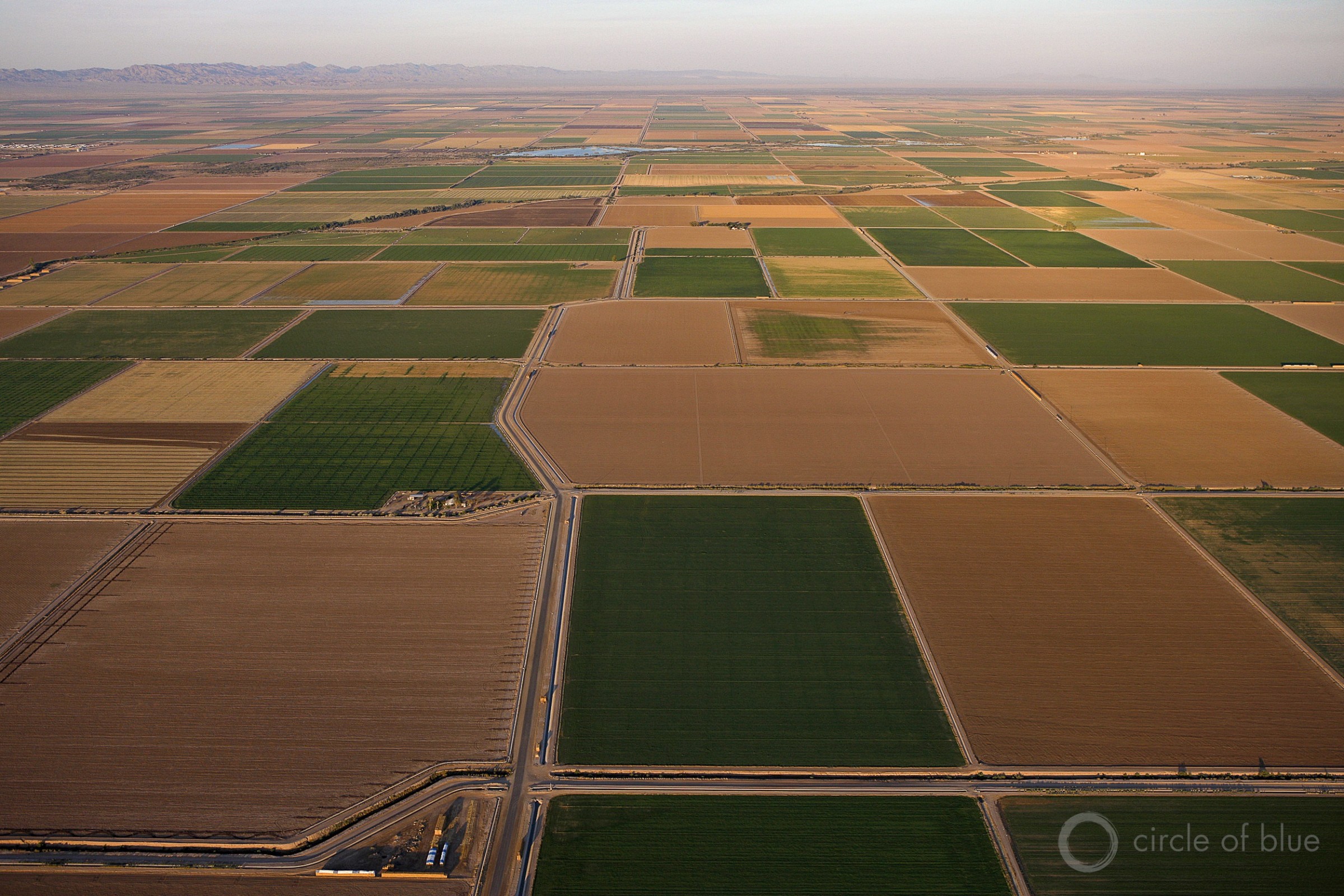Broadly speaking air conditioning didn't become common until the 1960's which is why you see the major sunbelt booms begin in the 1960's
People have lived in the Phoenix area and similar climates for thousands of years. The reason people were there is because of agriculture. Today what is sprawl would have looked like this:

Despite what you would think outside of the hottest days (115+) shade, water and a breeze make it more than manageable to deal with low humidity. And even if not, the truth is you can survive in very hot temperatures with water and shade, unfortunately you won't be very comfortable, but you won't die.
People have been living in Arid River valleys for literally 10,000+ years.



